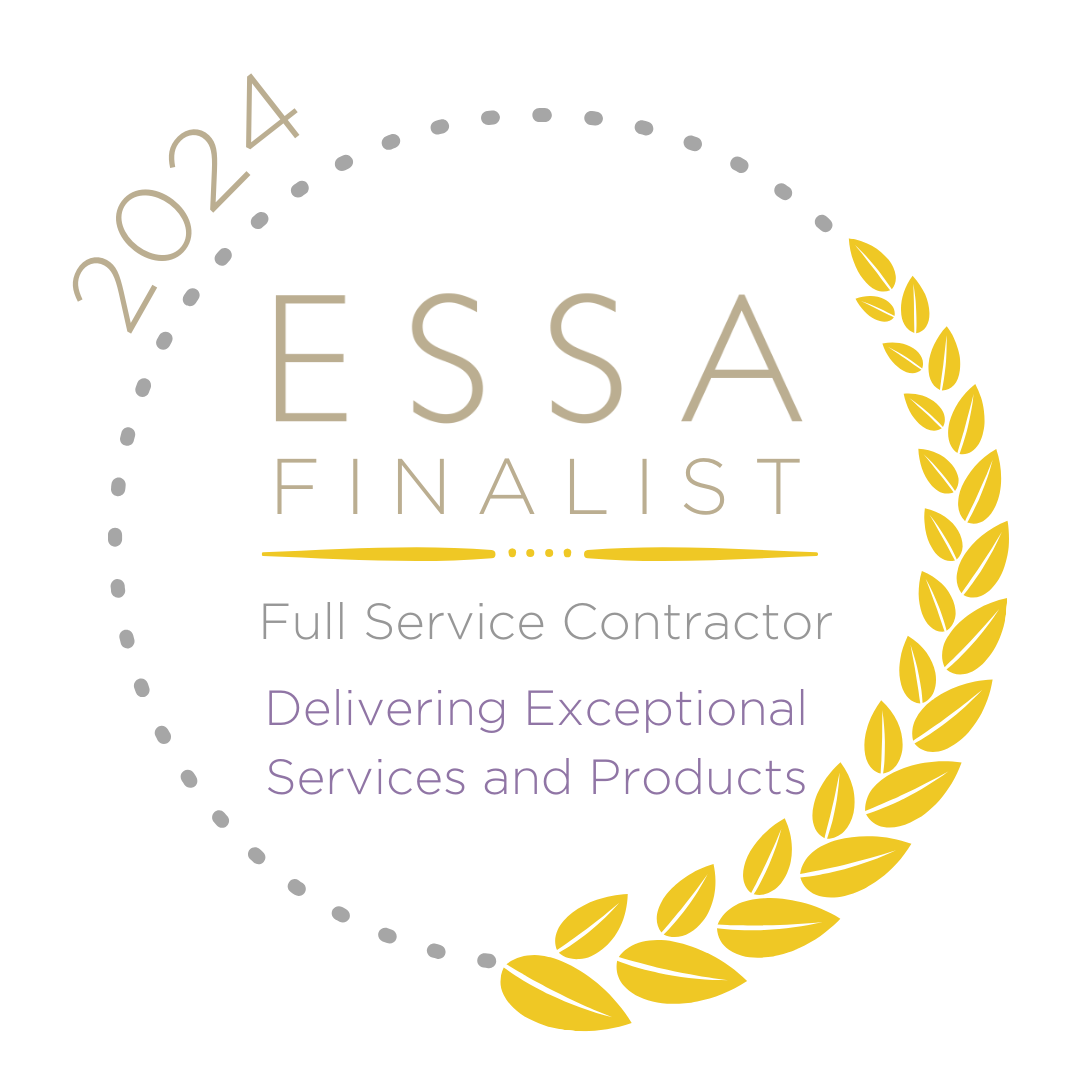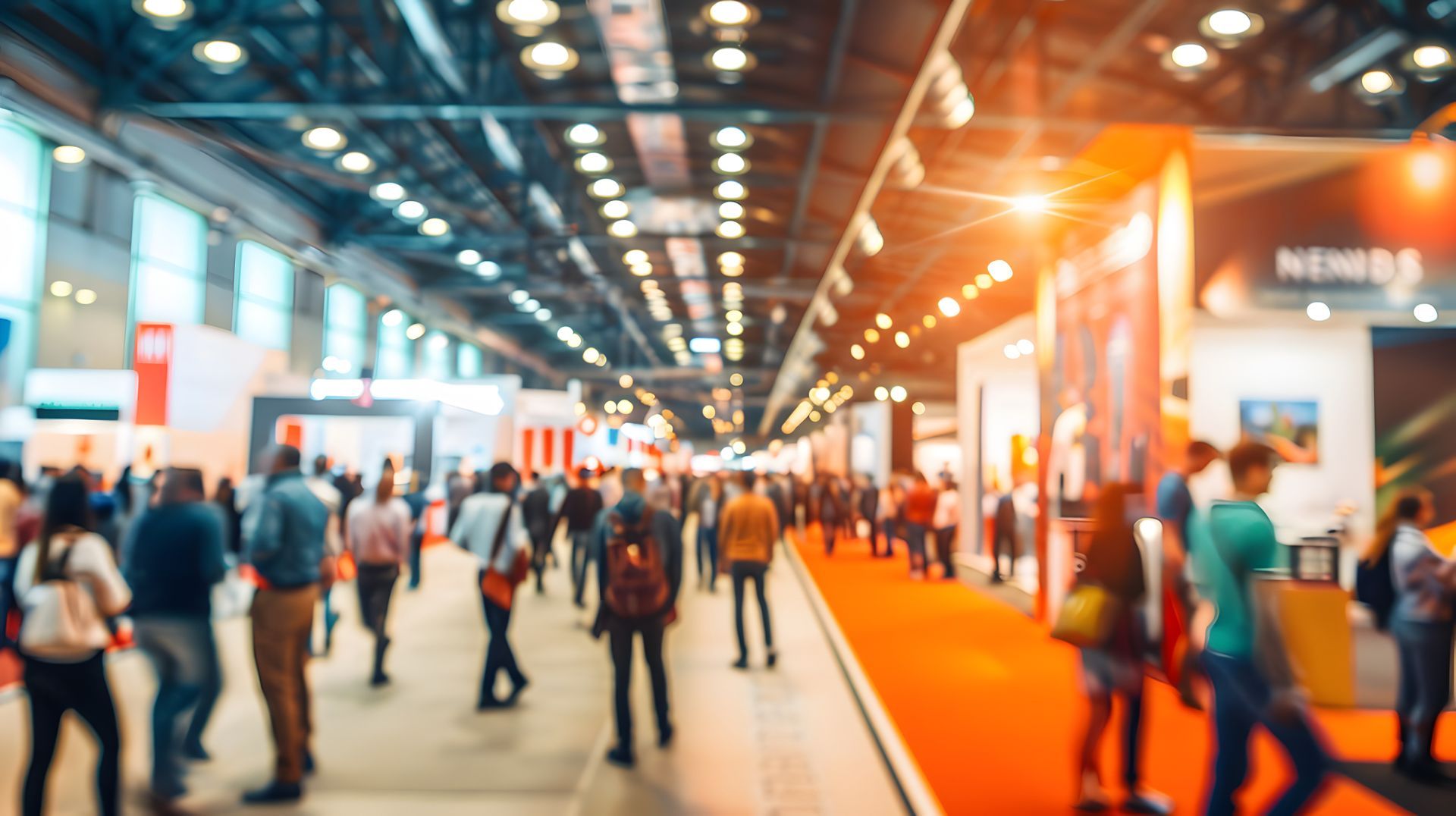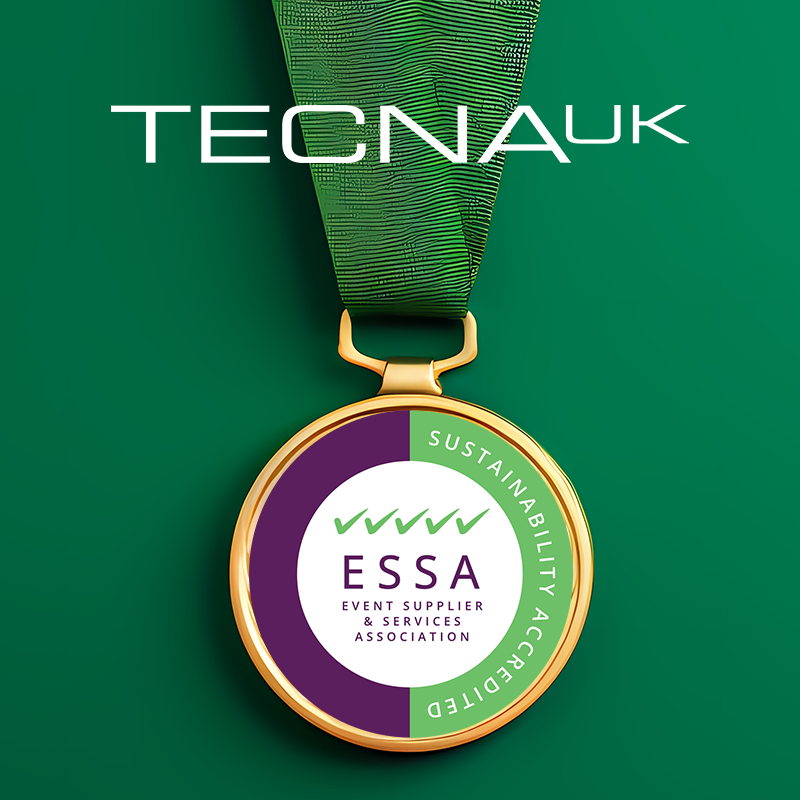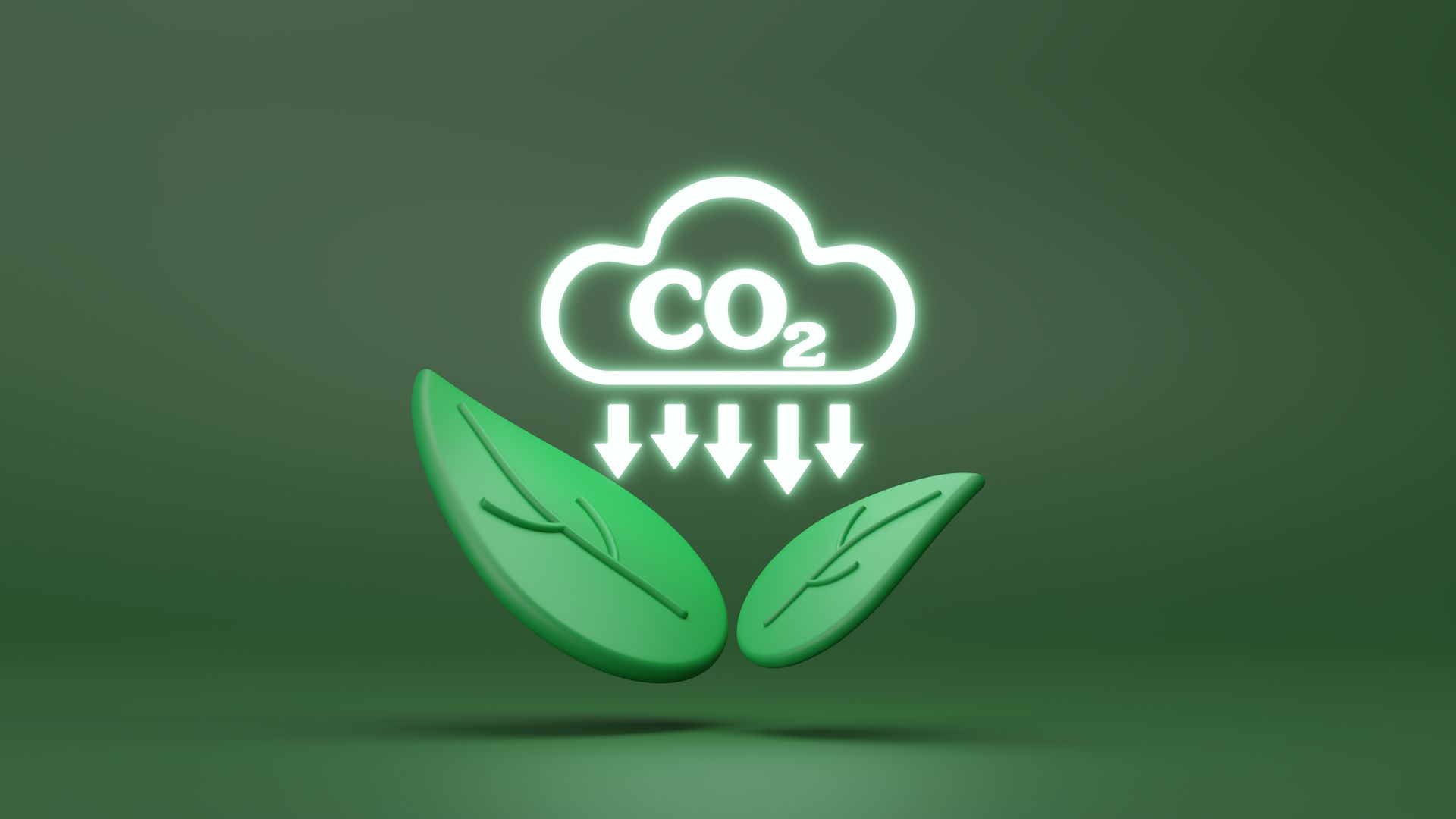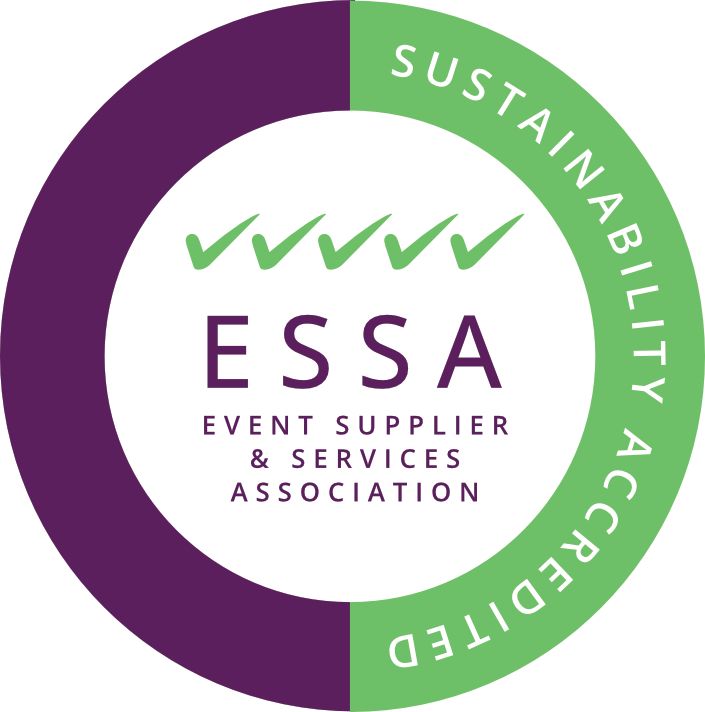How You Can Create A More Sustainable Exhibition Stand To Align With Shifting Consumer Priorities
A Global Shift
In the current socio-political climate, sustainability has been pushed to the forefront as a primary concern across the globe, with consumers becoming increasingly conscientious about their impact on the environment. And, as the perceptions and preoccupations of consumers continue to evolve and transform, subsequently so does their purchasing behaviour. In fact, 33% of consumers (1) are more likely to purchase from a brand if they believe it to be acting responsibly, both in social and environmental terms. So, how can we make a sustainable exhibition stand?
Give Consumers What They Want
It only makes sense then, that brands are moving with the tide and placing more attention on improving their corporate social responsibility practices, not least to align with the demands of contemporary consumers.
And if there were an industry where enacting change in this regard could create real impact, it’d be in the exhibitions industry, where the use of unsustainable materials and inefficient energy sources is still prevalent.
Within exhibitions, brands turn up to showcase all that is good about their products or services in an effort to attract buyers. So, standing out as a force for good and showing consumers that sustainability is on their agenda too, presents an opportunity for exhibition stand and
display suppliers to support their efforts.
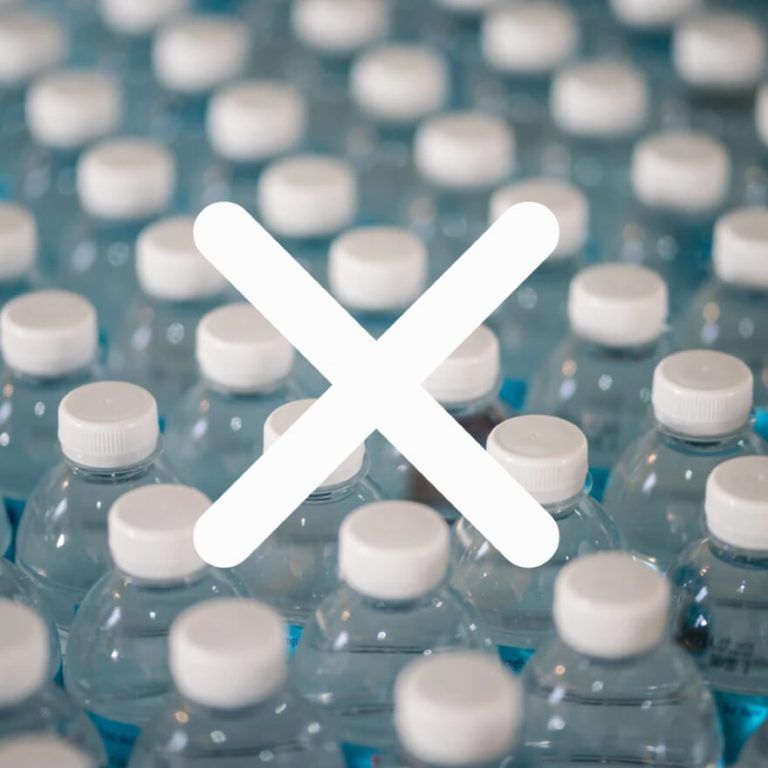
5 ways to create a more sustainable exhibition stand:
1. Reusability is Key
It’s not uncommon to exhibit at multiple events in one year. Under these circumstances, waste can be reduced by planning ahead.
Avoid creating a display out of traditional, one-use-only, often-non-recyclable materials, such as timber from unsustainable sources (just think: if all of the 4.4 million companies that exhibited worldwide every year only used their materials and framework once, that would amount to an incredible amount of wastage).
Instead, choose a display designed using materials that can be reused and reconfigured with as many of the same components as possible.
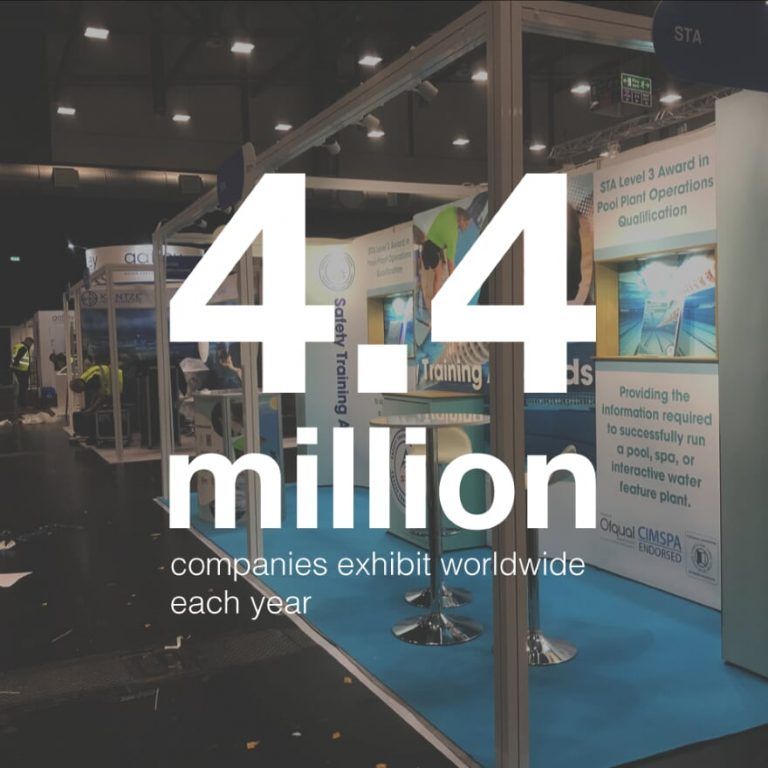
2. Use Energy that is Efficient
Every year, venues are flooded with exhibitors trying to engage with potential prospects and build relationships with existing clients. Every trick in the book is used to grab attention – usually through light, sound and movement. So, what can we do to limit the impact on the environment and at the same time create the wow impact exhibitors demand?
Every exhibitor wants lights – quite literally to outshine the competition! Thankfully, long gone are the days when fluorescent lighting was the only option on the market; now there are myriad innovative and energy-efficient alternatives, from the ever-reputable Light Emitting Diodes (LEDs), to Eco Halogens and Compact Fluorescent Light bulbs (CFLs).
Powerful and engaging presentations, showreels and interactive experiences can also be achieved using sophisticated tech that is kinder to the environment: flat screens, interactive surfaces, and smart technology are all making regular appearances at expos across the globe, all of which come with energy efficient options. Look out for the colour-coded energy efficiency guide at the back of electrical equipment and opt for models with an A++ or A+++ efficiency rating.

3. Cut Down on Fuel
As the pressure to reduce our carbon footprint grows, vehicle suppliers have rapidly been seeking out new, energy-efficient solutions to moving goods around. Even so, transportation is still a hefty contributor of pollutants. In fact, the transportation sector is reportedly the most polluting sector in the UK.
Mode of Transport
One viable option for reducing your CO2 emissions is to invest in a display that can fit comfortably into a smaller vehicle. Transporting a display that can be stored away in the back of a car or small van, for instance, would equate to lower levels of fuel consumption when compared to that of larger, heavy-goods vehicles – a truck or lorry, say. If you are going down the outsourcing route for your transportation needs, try and scout out a supplier that uses low-emission, pro-green vehicles.
Transport-friendly graphics and framework
Minimising the volumetric capacity of your display for transportation is achievable with the use of semi-rigid, rollable or tension-fabric graphics, as these can be rolled and tucked away inside space-saving carry bags and graphics drums. If it’s rigid graphics that you want, design a display that pieces together smaller graphic panels, or opt for a lightweight, modular framework that can be taken apart and packed away with ease. Lightweight display materials that pack compactly will save you money on transportation costs too – a double whammy of goodness!
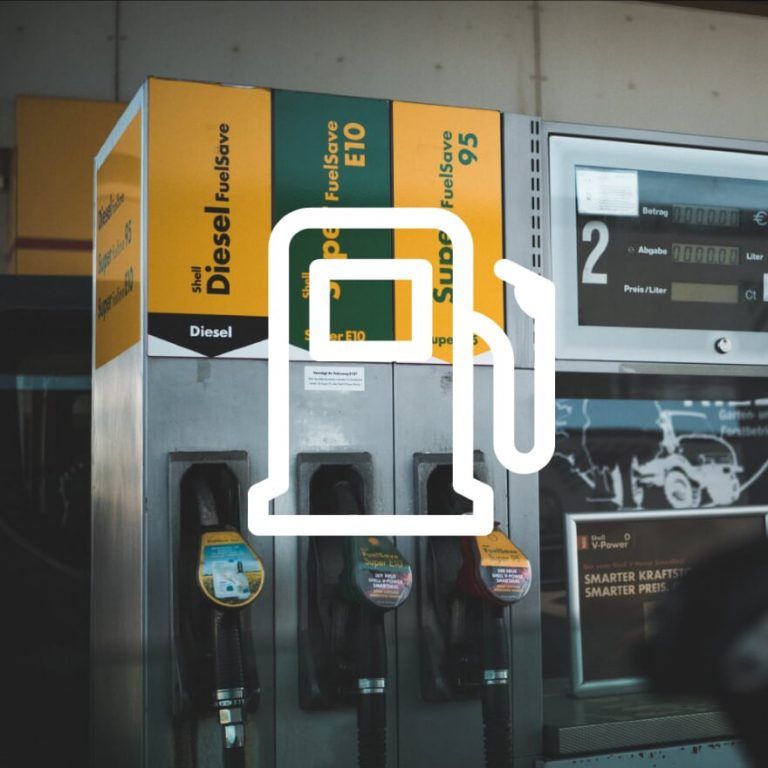
4. Use Sustainable Materials
Another great way to show your commitment to sustainability is to use recycled or recyclable graphic substrates.
Eco-Friendly Substrates
The good news is that, as exhibitors increasingly require environmentally-friendly graphic substrates to deliver on their corporate social responsibility targets, the availability of such substrates has followed suit: honeycomb board, such as FalconBoard and BioBoard, is a rigid substrate made from 100% recyclable materials; recycled cardboards and sustainably-sourced wood, equally, are potential candidates for your “Green” stand substrate.
Eco-Friendly Printing Processes
Traditional printing processes often use petroleum-based, or other solvent-based inks, which, unfortunately, are an adversary to environmental well-being. Solvent-based inks release something known as volatile organic compounds (VOCs) when drying, which are greenhouse gases and contribute to global warming; offset printing alone releases around 500,000 tonnes of VOCs into the atmosphere every year. Printing processes that eliminate solvents or use waterless ink eliminate the release of VOCs and thus are an excellent way to decrease your carbon footprint.
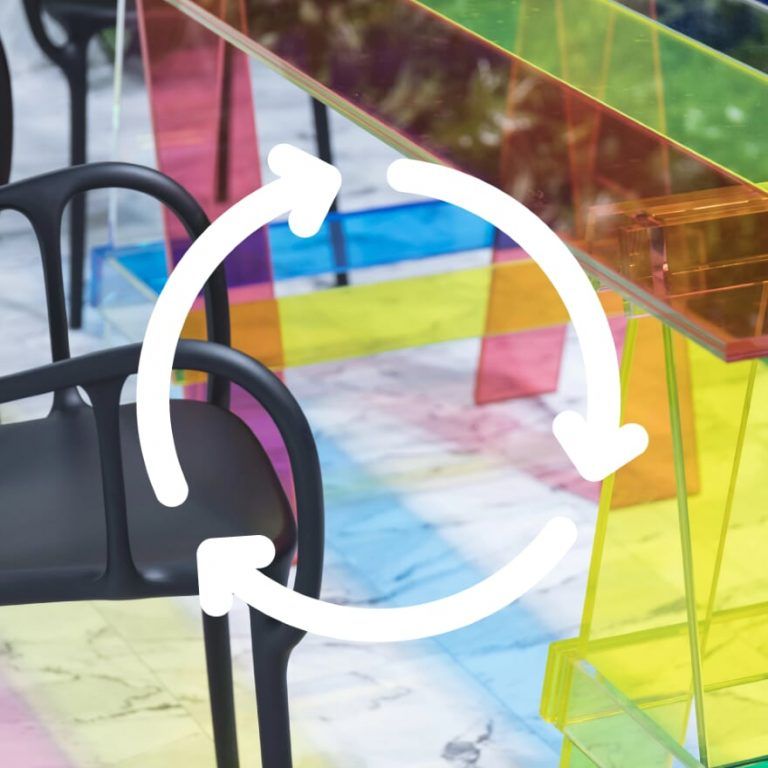
5. Rethink Giveaways
Everyone loves a freebie! And, to be fair, they are a great way to carry a brand around an event and to prolong the brand interaction afterwards. But, dishing out hundreds of plastic pens and glossy hard copies of the brand manifesto is not the most sustainable way to get the message out there.
Use paper from sustainable sources and consider using tablets and touchscreens to present brochures, examples of work and to achieve sign up to future communications. There are plenty of alternatives to plastic giveaways including promotional items created from recycled materials, bamboo, and wood alternatives.
Here’s one we found: the Pilot B2P pens made out of recycled plastic bottles.

TIP: Shout About It.
Once you’ve perfected your sustainable practices, make sure that you let people know about it. Spread the word that you’re doing your part for the environment, use it as a key selling point.
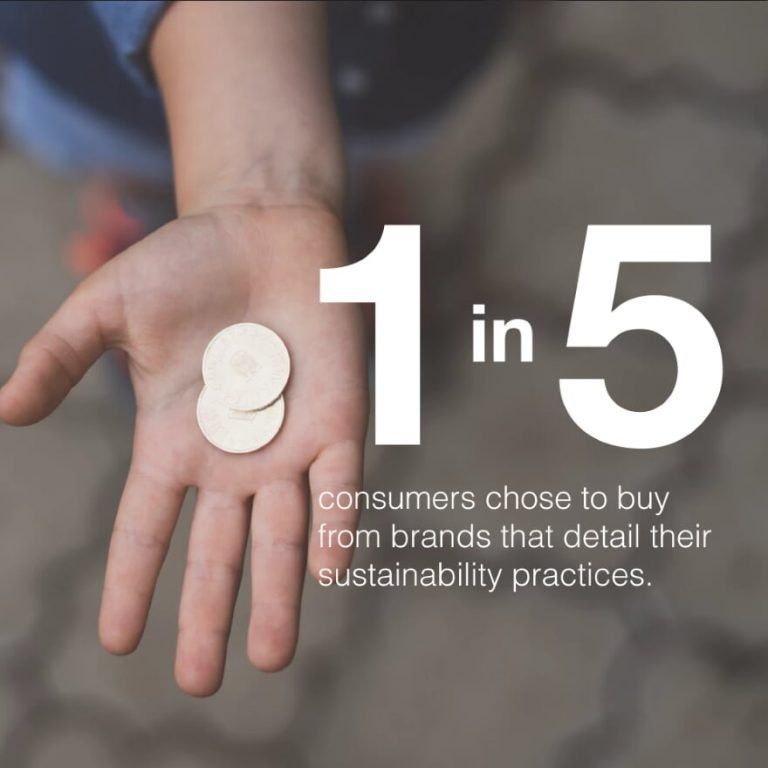
Letting People Know Means Making Profits Grow.
It is particularly beneficial from a financial standpoint. There’s empirical evidence to prove so: in 2017 Unilever uncovered that one in five consumers would choose to buy from a brand that detailed their sustainability practices on the packaging.
Use paper from sustainable sources and consider using tablets and touchscreens to present brochures, examples of work and to achieve sign up to future communications. There are plenty of alternatives to plastic giveaways including promotional items created from recycled materials, bamboo, and wood alternatives.
There you have it. Sustainability has never been more relevant. And if the forecasts are correct, the demand for a commitment to sustainable and eco-friendly practices.
Check out what other things to consider when designing your sustainable exhibition stand.
- https://www.unilever.com/news/press-releases/2017/report-shows-a-third-of-consumers-prefer-sustainable-brands.html
Copyright © 2023 All Rights Reserved by Tecna UK Ltd Registered Company Number: 06459394

